Quality Engineering and Software Testing Tools Directory

We've made things easier to access all things.
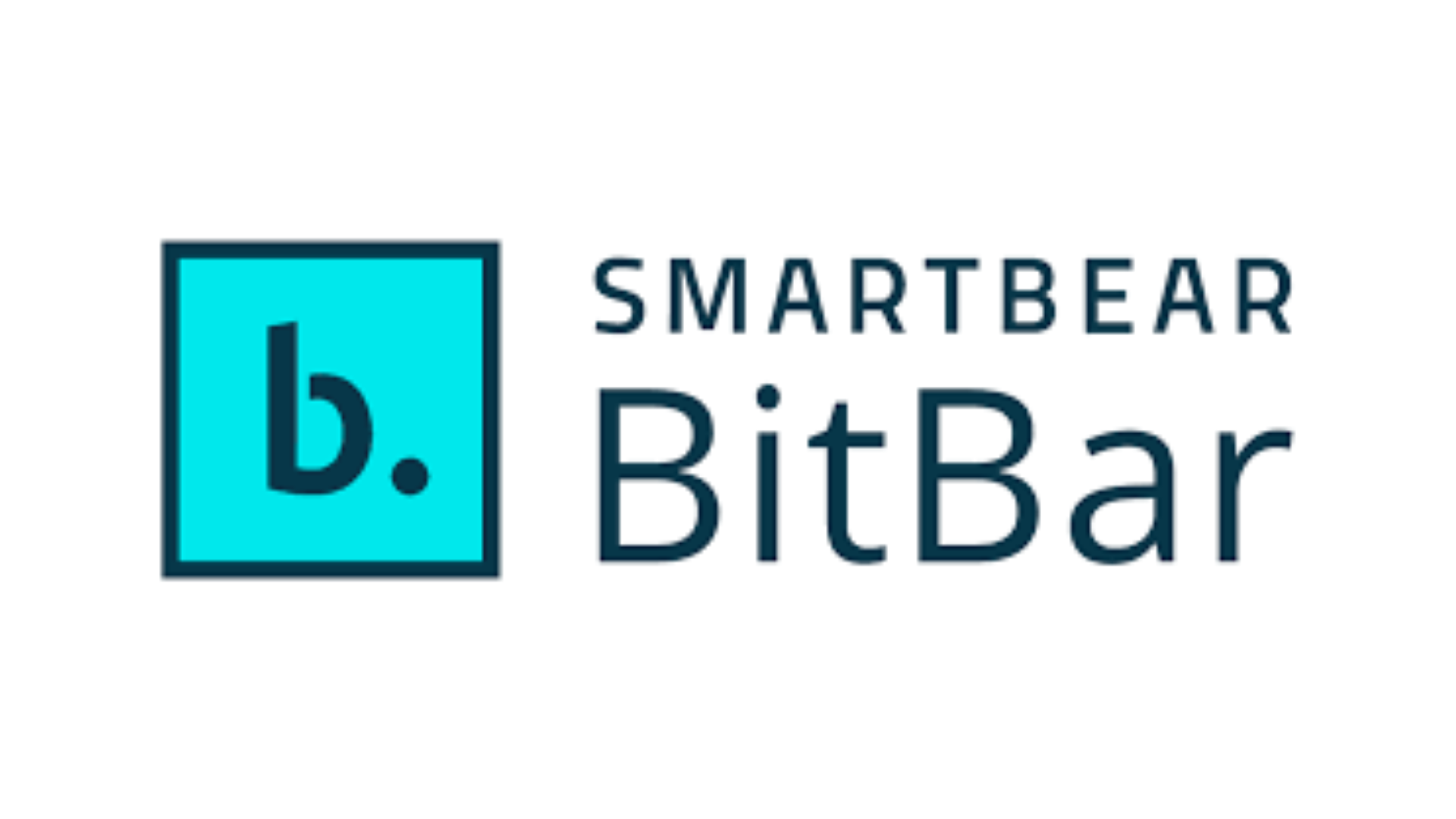
One cloud for all device and browser testing needs.

The Complete Continuous Testing Platform Any test. Any device. App quality without limits.

Temporary emails lasting 2+ months, centralized multi-inbox dashboard, instant creation, custom domains, extendable duration, cross-device use, Gmail-based emails, guest-to-account linking, 2FA management, API, and privacy-first design

Get control of your alerts, crash reports and security notifications with duplication removal, noise suppression and our neural network powered grouping.
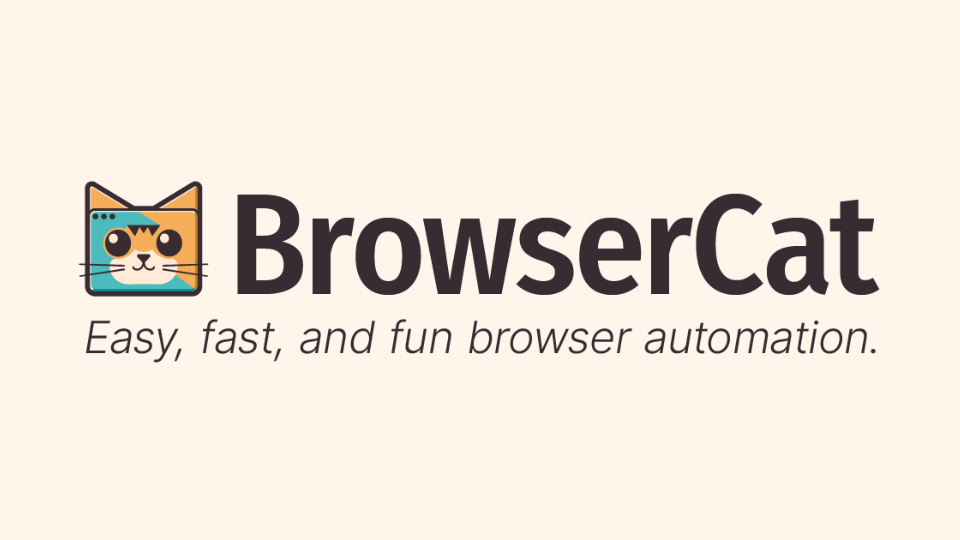
Test, scrape, generate, and automate without the pain and expense of hosting your own headless browsers.

Give your users a seamless experience by testing on 20,000+ real devices. Don't compromise with emulators and simulators.

Bruno is a Fast and Git-Friendly Opensource API client, aimed at revolutionizing the status quo represented by Postman, Insomnia and similar tools out there.

Bugasura is an AI-powered Quality Test Management platform that helps teams manage bugs, test cases, test cycles, releases, and collaboration from a single workspace.

BugBot is a suite of AI-powered testing tools that streamlines QA processes, from test data generation to bug reporting. It boosts efficiency, accuracy, and software quality, reducing testing time and manual effort.
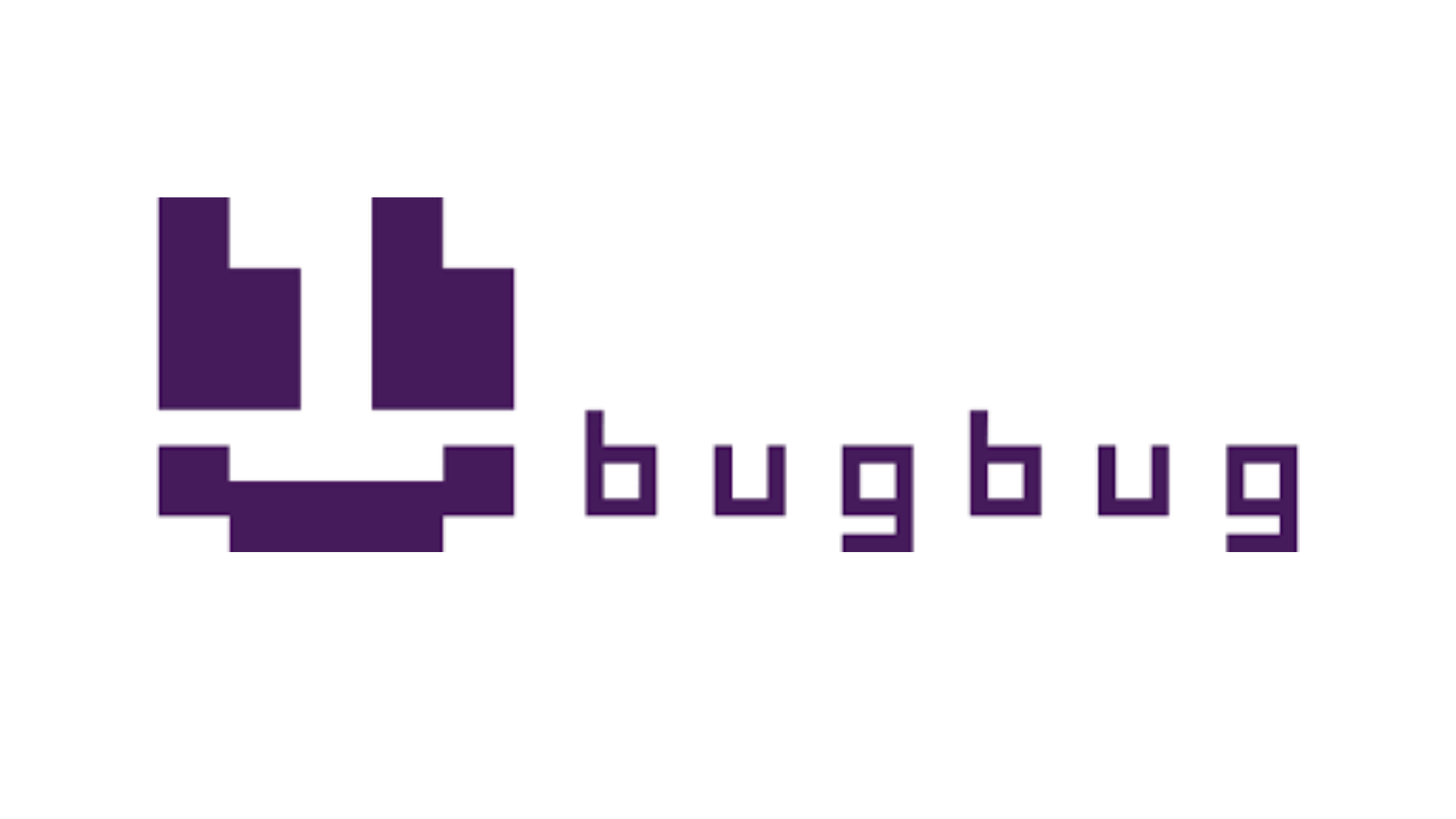
Low-code test automation tool for QA, developers and product managers. Ensure the quality of your web app or website without repetitive manual testing.

BugHerd is the best tool to collect, organize and act on website feedback. It's bug tracking software that's like sticky-notes on a webpage.
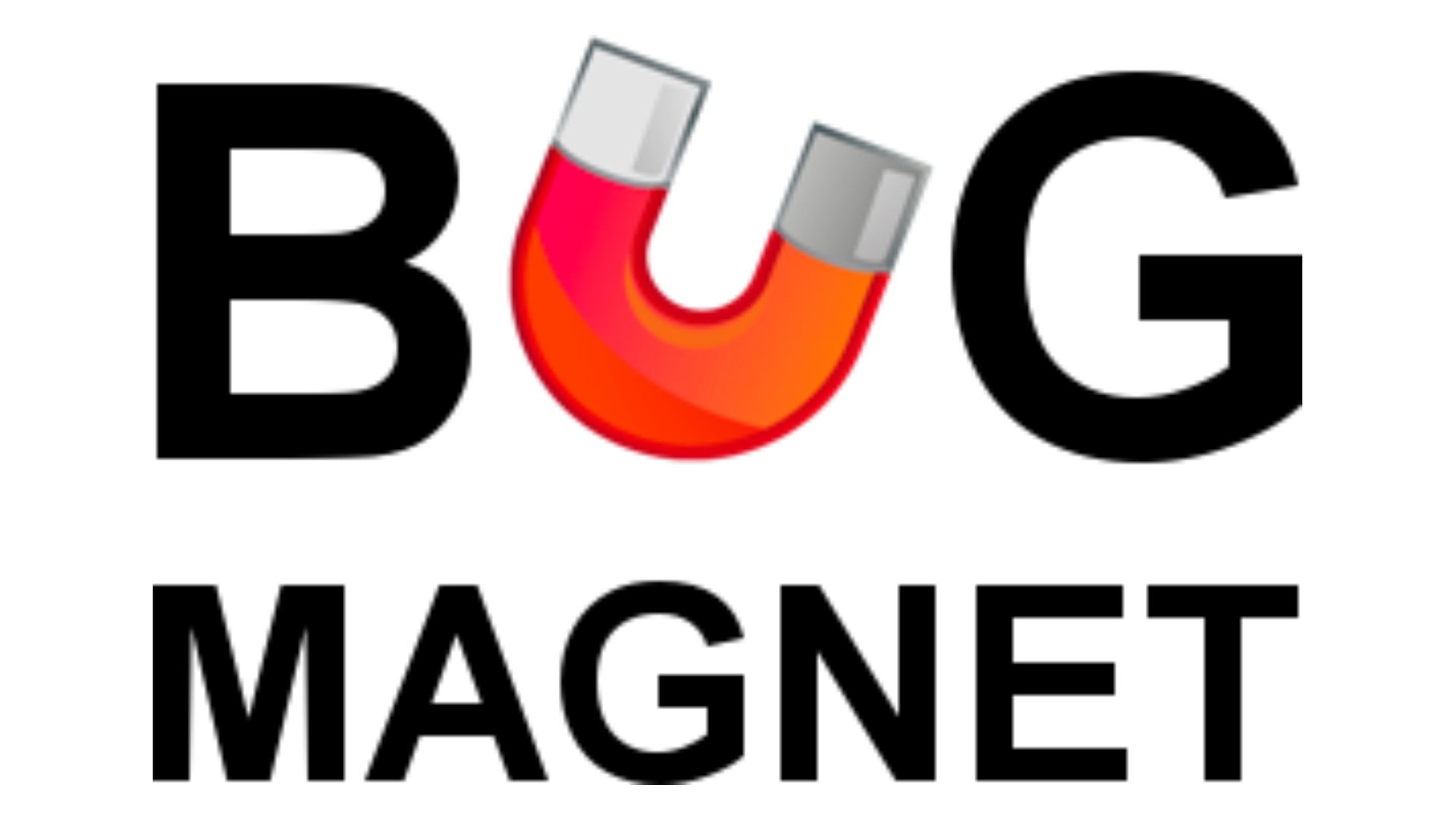
Exploratory testing assistant for Chrome and Firefox. Adds common problematic values and edge cases to the context menu (right-click) for editable elements, so you can keep them handy and access them easily during exploratory testing sessions.

Fully automated AI-based testing that never sleeps. Simulate real users for E2E testing and find bugs in your product before they cost you money.
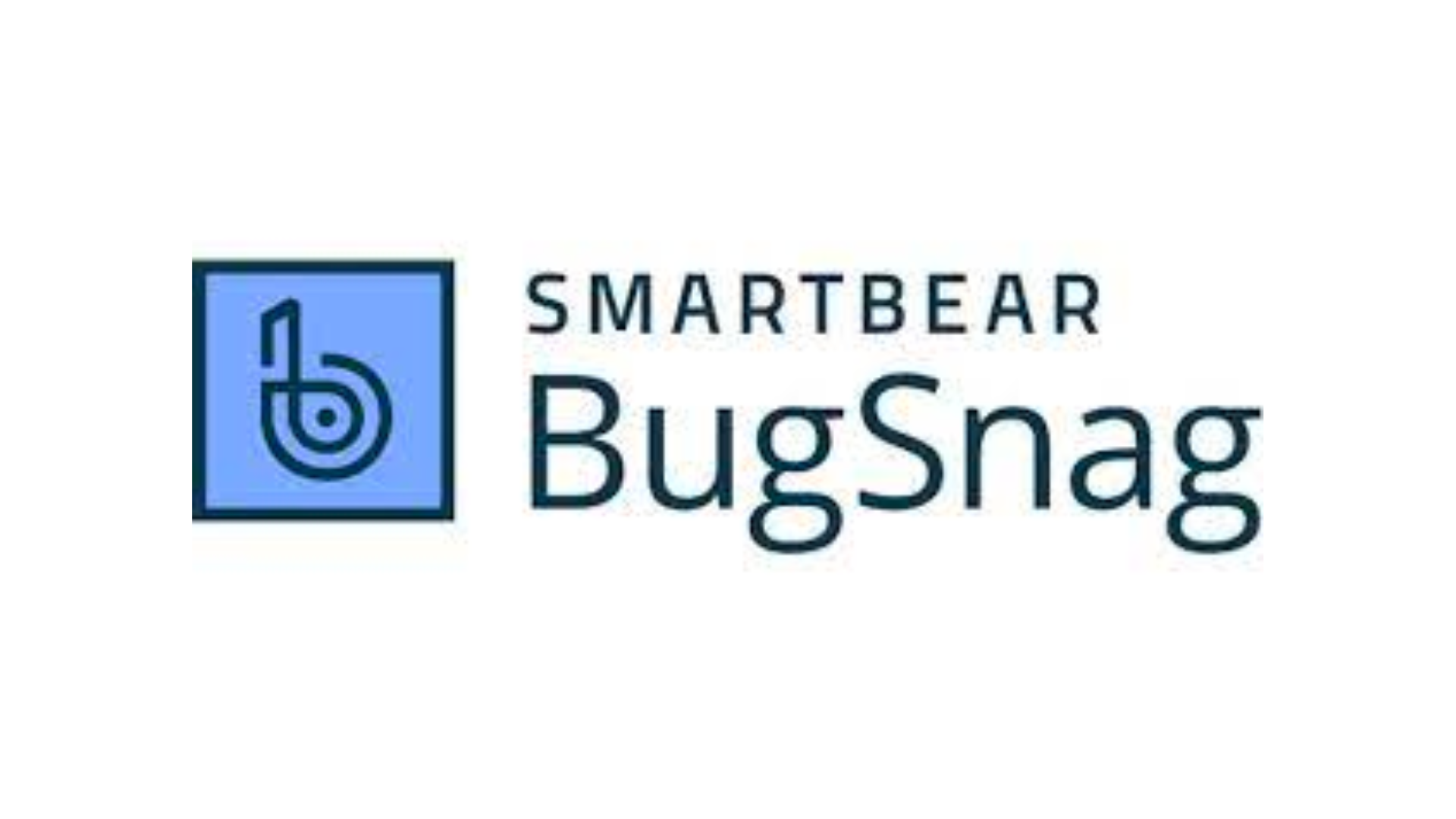
Provide your users the experience they expect. Our developer-first observability platform delivers real-time data to improve app performance and help you balance roadmap agility with application stability.

Bugzilla lets you plan, organize and release software on your own teams' schedule.

Bunsen is a test result storage and analysis toolkit that collects test result and build log files in a variety of formats.

Burp or Burp Suite is a set of tools used for penetration testing of web applications. It is developed by a company named Portswigger who make freely available a Web Security Academy which has a range of lessons on penetration testing.

The open-source status page system

Charles is a HTTP proxy that enables you to see traffic between your machine and the backend

ChatGPT is a free-to-use AI system. Use it for engaging conversations, gain insights, automate tasks, and witness the future of AI, all in one place.

Instantly create and refine mind maps with AI Chat. Supercharge your creative and productive workflow.

With servers in >250 cities around the world, check your site for localization problenms, broken GDPR banners, etc.

Create, run, and maintain web and mobile tests with no-code, AI-driven automation in the cloud

Discover how integrating SAST with comprehensive test management enables your team to ship safer software sooner.

We've made things easier to access all things.